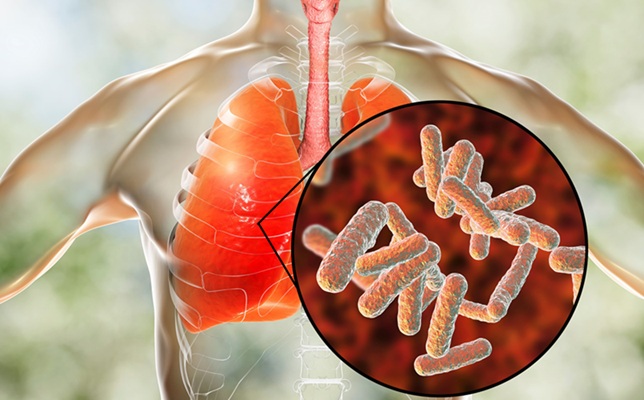Unique Barcoding System Tracks Pneumonia-Causing Bacteria as They Infect Blood Stream
Posted on 28 Feb 2025
Bacteremia, also known as blood poisoning, occurs when bacteria manage to overcome the body's immune defenses. This condition can progress into sepsis, a serious illness that is responsible for over a third of hospital-related deaths each year. While individuals are frequently exposed to bacteria from the environment, they often fight off these infections without experiencing this deadly progression. Scientists are working to understand how bacteria spread throughout the body to cause systemic infections, with the ultimate goal of halting this process before it escalates.
Researchers at U-M Medical School (Ann Arbor, MI, USA) have been investigating this issue, focusing on gram-negative bacteria such as Klebsiella pneumoniae, a common cause of pneumonia-related bacteremia. In their previous studies, they identified three stages in the spread of bacteria: initial infection at a site like the lungs, entry into the bloodstream, and replication while avoiding filtration by the liver and spleen. Traditionally, bacterial infections are analyzed by culturing tissue and counting the resulting bacteria. While it’s easy to measure the initial infection phase by observing how bacteria invade the lungs, and similarly, the third phase by assessing how bacteria survive in the liver and spleen, the transition from the lungs into the bloodstream has been difficult to track.

Using an innovative barcoding system, the researchers labeled bacteria with short DNA sequences in mouse models and employed computer analysis to track the movement of K. pneumoniae throughout the body. They initially hypothesized that the bacteria would replicate in the lungs until they overwhelmed the local immune defenses, eventually spilling into the bloodstream. This type of spread, which they called metastatic dissemination, was observed in some mice. However, they also uncovered an unexpected pattern. About half of the mice showed this metastatic pattern, while the other half exhibited a form of bacterial spread where the bacteria entered the bloodstream on their own without first replicating in large numbers, a process they termed direct dissemination.
The findings, published in Nature Communications, revealed that the metastatic pathway was associated with a more severe infection compared to the direct dissemination route. Moreover, over time, the infection tended to follow the metastatic pattern. The discovery of the direct route suggests that bacteria might be establishing low-level reservoirs in other parts of the body, which could offer new targets for treating blood infections. Additionally, the researchers introduced mutations in both the K. pneumoniae bacteria and the mice, which affected the mode of bacterial dissemination. This hinted that the interaction between the bacteria and the host’s immune system could play a key role in determining the course of the infection.
“The project began with a very basic question—how does bacteria leave the lungs—that we have now provided some insight into, closing a significant gap in our knowledge,” said Michael Bachman, M.D., Ph.D., clinical associate professor of pathology and microbiology and immunology at U-M Medical School.














